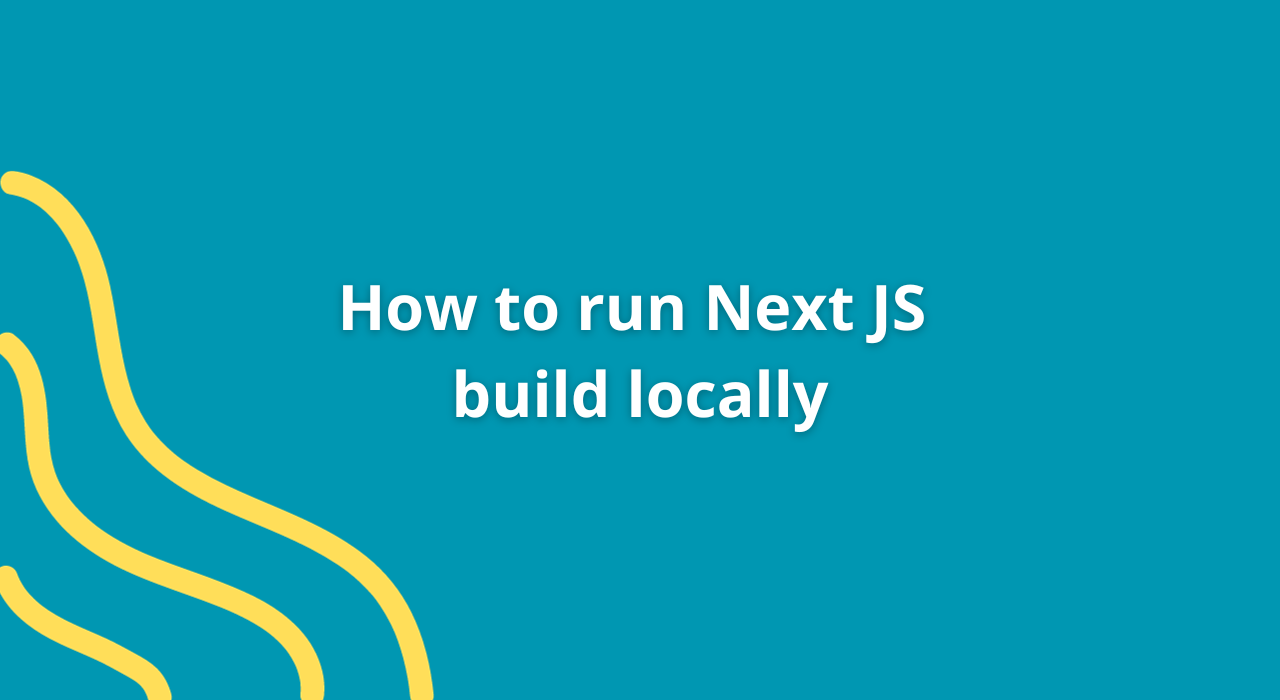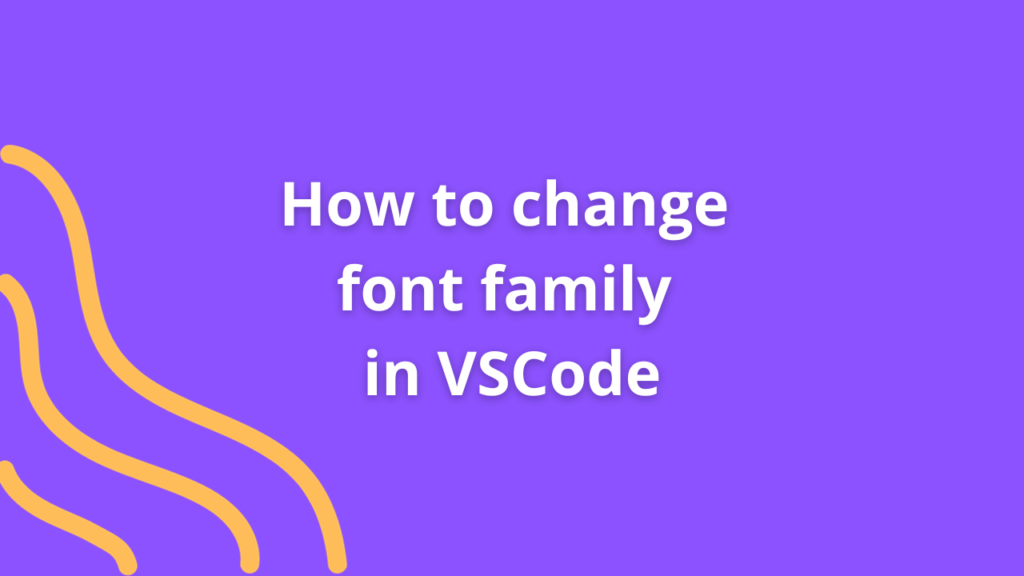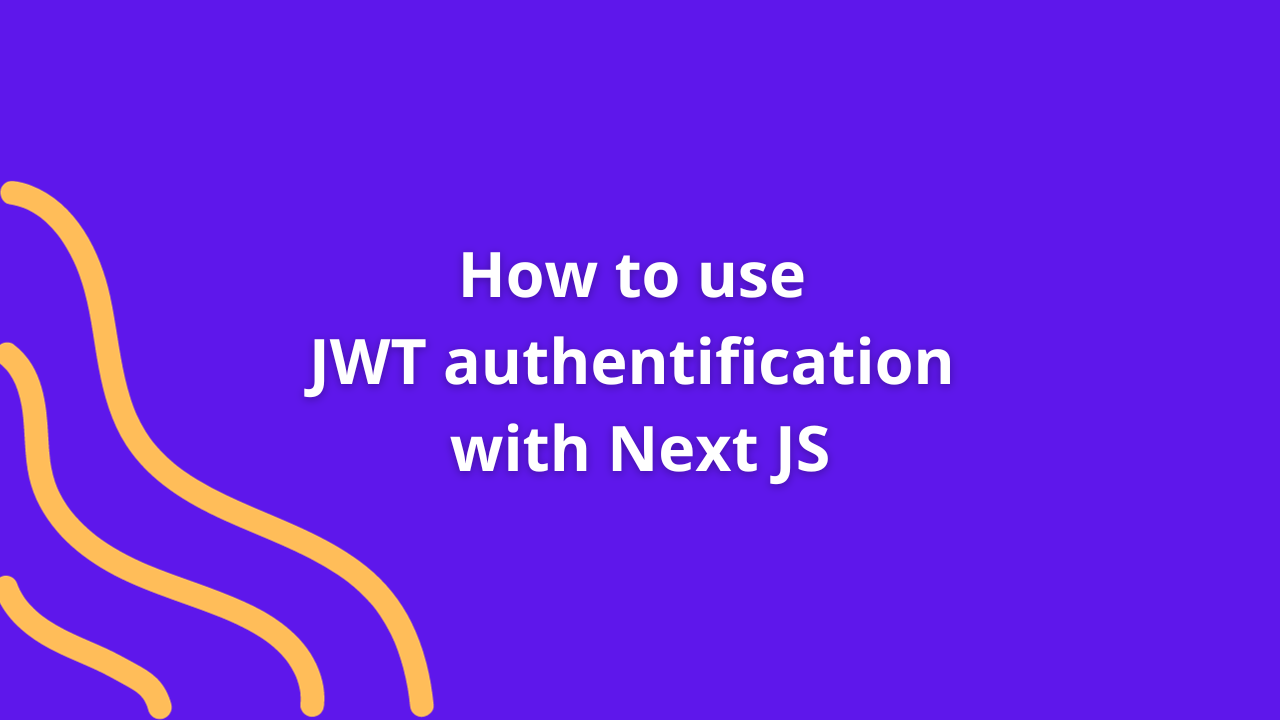How to run Next JS build locally

Next.js, the versatile React framework, empowers developers to build robust web applications with ease. One key aspect of Next.js is generating optimized production builds, ensuring your application runs efficiently. Let’s delve into the process of running Next.js builds locally to streamline your development workflow.
The Significance of Local Next.js Builds
Local builds mimic the production environment, enabling developers to preview their applications as end-users would experience them. This crucial step helps catch potential issues early on, ensuring a smoother deployment process.
Steps to Run Next.js Build Locally
1. Install Dependencies
Ensure you have Node.js and npm installed on your machine. Next.js projects typically use npm for package management.
2. Create a Next.js Project
If you haven’t already, create a Next.js project by using the command-line tool or cloning an existing repository.
npx create-next-app my-next-app
cd my-next-app3. Build the Next.js Application
Navigate to your project directory and execute the build command provided by Next.js.
npm run buildThis command compiles and optimizes your Next.js application, generating the production-ready assets.
4. Serve the Built Application Locally
After the build process completes, you can locally serve the application to preview it before deployment.
npm startThis command launches a local server, allowing you to access your Next.js application at http://localhost:3000 by default.
Advanced Options and Customizations
Environment Variables
For more complex builds requiring environment-specific configurations, utilize environment variables in Next.js. These can be set and accessed during the build process to tailor the application behavior.
Custom Server Configuration
In certain scenarios, you might need a custom server setup. Next.js provides flexibility through custom server configurations, enabling you to define specific routing or middleware.
Analyzing Bundle Sizes
Utilize tools like next-bundle-analyzer to inspect and optimize bundle sizes. This helps identify areas for optimization and ensures an efficient application build.
Conclusion
Running Next.js builds locally is pivotal for ensuring the seamless performance of your applications. By following these steps and exploring advanced configurations, developers can fine-tune their Next.js projects for optimal efficiency and a superior user experience.
You Might Also Like
- Lorem ipsum dolarorit ametion consectetur
- The Blues Kitchen woks Podcast
- Chasing Dreams in Slow Motion
- If you use this site regularly and would like to help keep the site on the Internet,
- Modern Office Must-Have in 2021
- If you are going to use a passage of Lorem
- Lorem ipsum consectetur elit.











